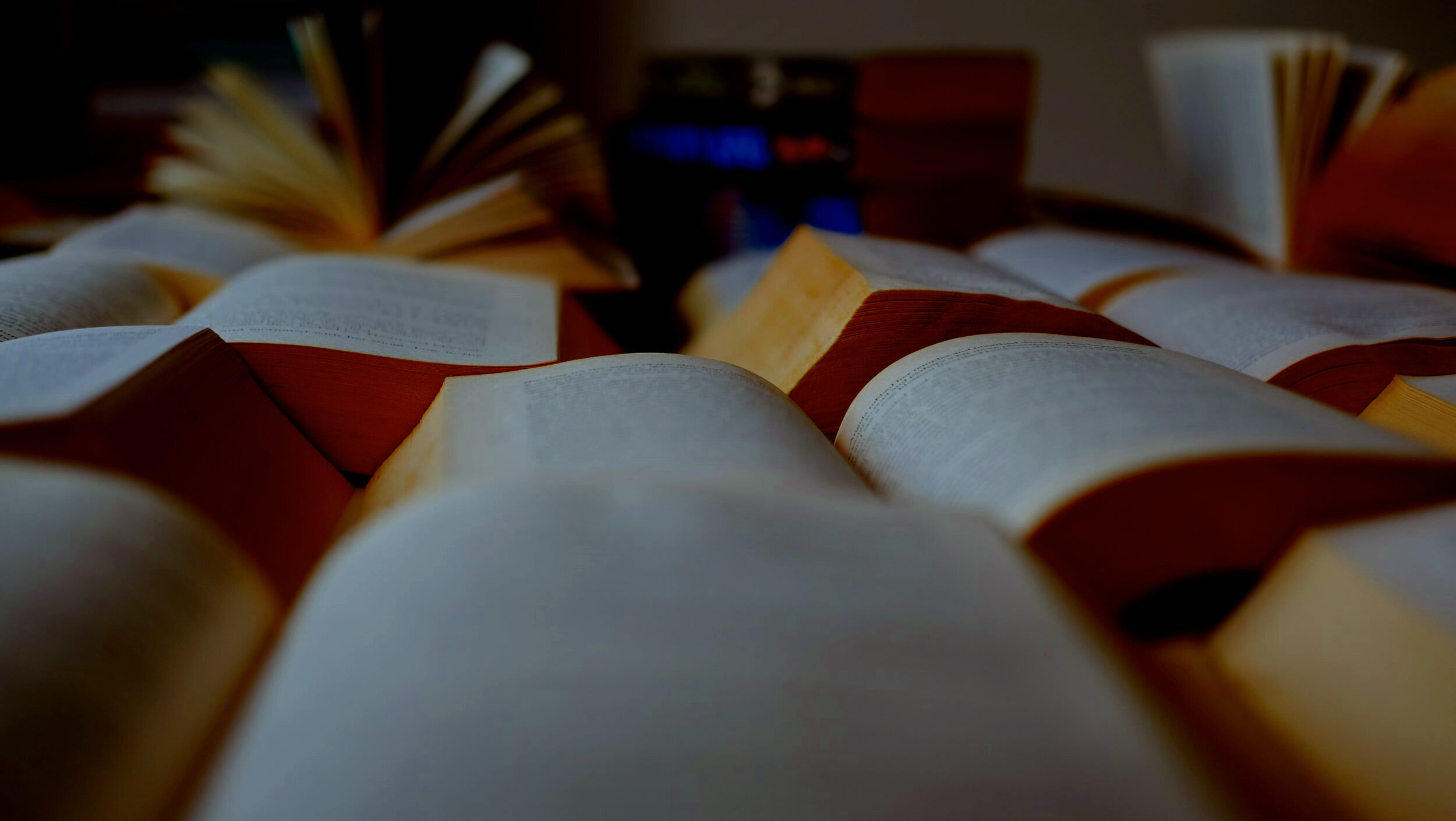
Other Writings
“Helene Wecker must be a born writer; there is no other way to account for the quality of her prose, as phenomenal as any of the supernatural wonders she delivers...”
Short Stories
“MAJNUN”
From The Djinn Falls in Love and Other Stories, edited by Mahvesh Murad and Jared Shurin. Finalist for the World Fantasy, Locus and Shirley Jackson Awards for Best Anthology.
Imagine a world filled with fierce, fiery beings, hiding in our shadows, in our dreams, under our skins. Eavesdropping and exploring; savaging our bodies, saving our souls. They are monsters, saviours, victims, childhood friends. Some have called them genies: these are the Djinn.
A fascinating collection of new and classic tales of the fearsome Djinn, from bestselling, award-winning and breakthrough international writers, including Nnedi Okorafor, Neil Gaiman, Helene Wecker, Amal El-Mohtar, Catherine King, Claire North, E.J. Swift, Hermes (trans. Robin Moger), Jamal Mahjoub, James Smythe, J.Y. Yang, Kamila Shamsie, Kirsty Logan, K.J. Parker, Kuzhali Manickavel, Maria Dahvana Headley, Monica Byrne, Saad Hossain, Sami Shah, Sophia Al-Maria and Usman Malik.
BUY NOW Indiebound ✦ Amazon ✦ B&N ✦ Kobo ✦ Apple Books
Essays & Guest Posts
The Qwillery: On Accidentally Writing a Historical Fantasy
“It took me seven years to write this book, and I'd estimate that research accounted for at least two of them. But looking back, the research was fun, in a perverse and stressful sort of way. The longer I spent hunting for a fact, the more satisfying it felt to pin the damn thing down.”
Jewish Book Council: The Most Jewish Thing I Do
“It’s hard to pin down why my writing is the most Jewish thing I do—except that a large part of writing is about exploring a life’s undercurrents, whether they belong to the characters or (consciously or not) the writer. And as far as undercurrents go, my Judaism is practically a riptide.”
Jewish Book Council: Statues and Golems
“If you think about it, the Statue of Liberty is an oddity among monuments. We Americans like our statues to be of real people, of presidents and heroes and civic leaders. But the Statue of Liberty is a personification, a portrait of an idea, and a female one to boot.”
